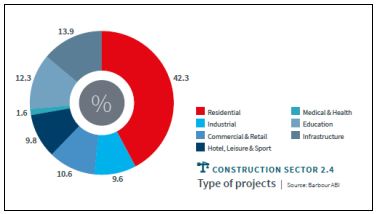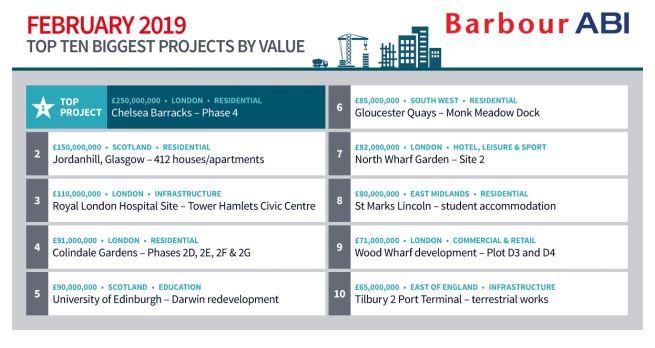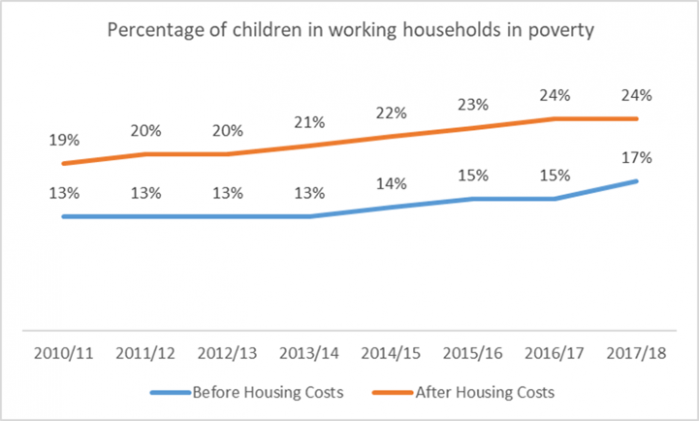Small house builders predict that skills shortages in the building industry will hamper housing delivery and will eventually overtake access to finance as a bigger barrier to building new homes, according to recent research conducted by industry experts, the Federation of Master Builders.
Key results from the FMB’s House Builders’ Survey, the only annual assessment of small and medium sized (SME) house builders in England, include:
- A lack of available and viable land tops the list as the most commonly cited barrier (59%) to increasing housing delivery and almost two-thirds of SME house builders (62%) believe that the number of opportunities for small site development are actually decreasing (up from 54% in 2017)
- The percentage of SME house builders saying that a shortage of skilled workers is a major barrier to their ability to build more new homes rose to 44% (up from 42% in 2017)
- Nearly half of small house builders (46%) say access to finance is a major barrier to their ability to build more new homes
- More than half (51%) of SME house builders view the planning system as a major constraint on their ability to grow and ‘inadequate resourcing of planning departments’ was again rated as the most significant cause of delay in the planning application process for the third year in a row
- When asked to look ahead over the next three years, more firms cited skills shortages as a likely barrier to growth than access to finance
Brian Berry, Chief Executive of the FMB, said “Nearly half of builders believe the skills shortage is a major barrier to their ability to build new homes. The construction sector is heavily reliant on EU workers with just under one in ten workers in the sector born in the EU. Brexit, coupled with the end of free movement, threatens to further intensify the skills shortages we already face. Given that the UK will leave the EU in less than six months, house builders are understandably concerned that skills shortages could worsen and choke housing delivery. In order to combat this skills crisis, the construction industry needs to encourage more entrants into the industry and develop higher quality qualifications. It is critical therefore that the Government doesn’t pull the rug out from under the sector by introducing an inflexible and unresponsive immigration system.”
“Our research also shows that the Government must continue to address the issue of access to finance for SME house builders. Although concerns over access to finance have eased slightly in recent years, in part thanks to the Government’s funding schemes such as the Home Building Fund, there is more that can be done. Our research suggests that it is the low percentages of project cost that builders are able to borrow that remain the greatest financial barrier to increasing their levels of house building. This latest research suggests that if firms were able to borrow 80 per cent, rather than the current 60 to 65 per cent of project cost, SME builders would be able to bring forward on average 40 per cent more new homes. Given the ambitious house building targets the Government is working towards, we cannot afford to ignore such a chance to significantly increase housing delivery.”
“A lack of available and viable small sites tops the list of frustrations for SME house builders for the fourth year in a row. Worse still, nearly two-thirds of these small builders believe that the number of opportunities for small site development are decreasing. However, the recent reforms to the National Planning Policy Framework, which specify that 10 per cent of a local authority’s housing delivery must be on sites no larger than one hectare, will help to address this problem. This will help to speed up the delivery of homes and lead to a more diverse and resilient housing supply.”





